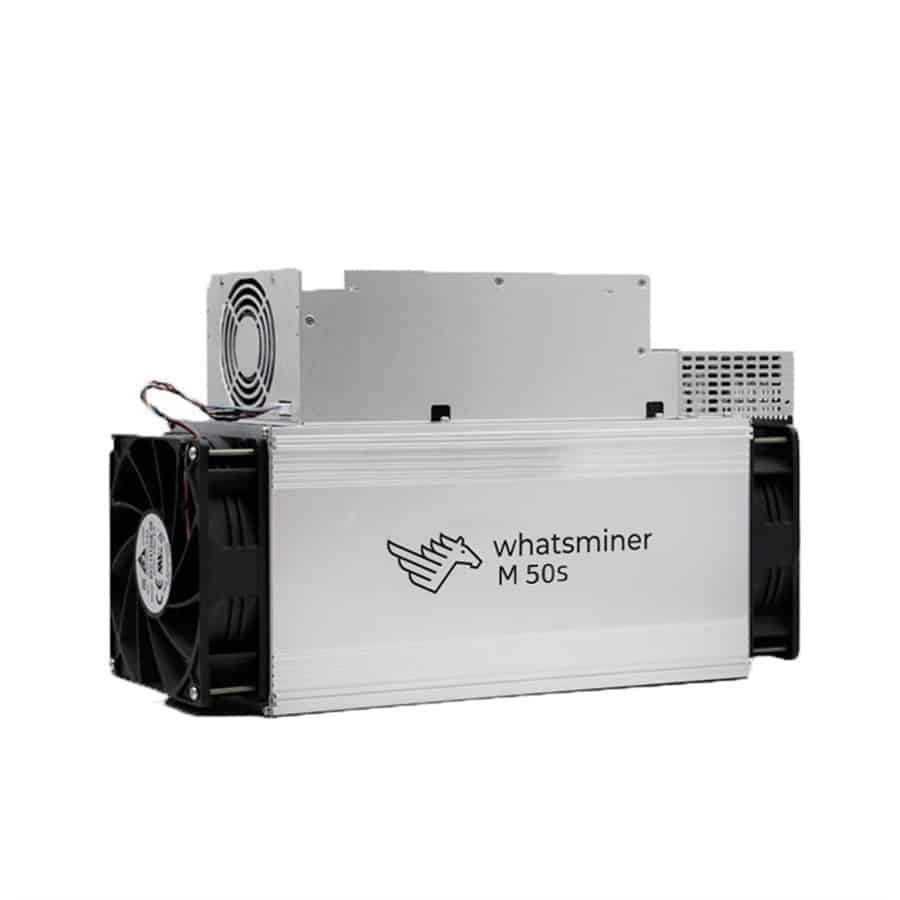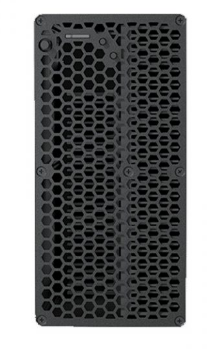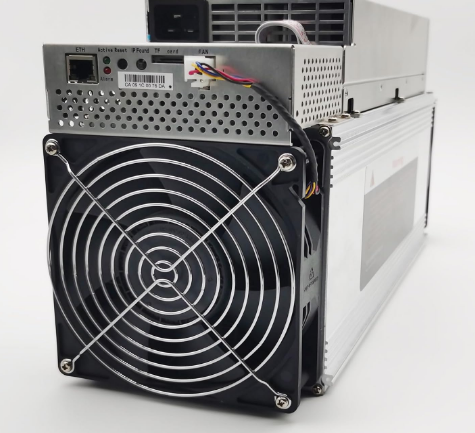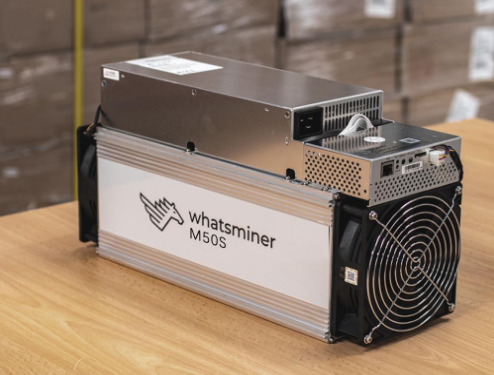PLC Redundant Control Architecture for Mining Facility Automation
Here’s a comprehensive technical article on PLC Redundant Control Architecture for Mining Facility Automation:
Cryptocurrency mining operations represent critical infrastructure where system reliability directly translates to operational continuity and economic performance. The implementation of sophisticated Programmable Logic Controller (PLC) redundancy architectures has emerged as a pivotal strategy for ensuring uninterrupted mining facility automation, addressing the complex challenges of high-availability industrial control systems.
Modern mining facility control environments demand exponentially more robust automation frameworks that can withstand potential equipment failures without compromising operational integrity. The core philosophy behind PLC redundant control architecture revolves around creating fault-tolerant systems that can seamlessly transition between primary and backup controllers without interrupting critical infrastructure processes.
Architectural Design Principles
The fundamental approach to developing a resilient PLC redundancy framework involves creating a synchronized dual-controller configuration with intelligent failover mechanisms. This design necessitates implementing sophisticated state synchronization protocols that maintain real-time data consistency across primary and secondary control systems. By leveraging distributed I/O modules and advanced communication protocols like Modbus-TCP, mining facilities can construct highly reliable automation infrastructures.

Critical to this architecture is the millisecond-level failover mechanism, which ensures that any potential controller failure triggers an instantaneous transition without perceptible system disruption. The synchronization process involves continuous state replication, where the secondary PLC maintains an identical operational snapshot, ready to assume full control within microseconds of detecting a primary system anomaly.

Communication and Protocol Integration

Effective PLC redundancy relies on robust multi-protocol communication strategies. The integration of Modbus-TCP and OPC UA protocols provides a flexible framework for seamless data exchange between distributed control modules. These protocols enable sophisticated inter-controller communication, facilitating real-time state synchronization and ensuring consistent operational parameters across the entire mining facility infrastructure.
The multi-protocol gateway architecture allows for comprehensive system monitoring, enabling granular visibility into each subsystem’s operational status. By supporting diverse communication standards, mining facilities can implement more adaptive and extensible control architectures that can evolve with emerging technological requirements.
Reliability and Performance Metrics
Implementing a dual-PLC redundant control system targets achieving extraordinary reliability benchmarks, typically approaching 99.99% system uptime. This level of reliability is critical in mining environments where equipment downtime can result in substantial economic losses. The redundancy architecture provides comprehensive protection across power management, cooling systems, and security infrastructure.
Practical implementation requires meticulous design of failover algorithms that consider multiple potential failure scenarios. These algorithms must account for network latency, state synchronization complexities, and potential communication interruptions, ensuring seamless operational continuity under diverse challenging conditions.
Technical Implementation Considerations
Successful PLC redundancy deployment demands sophisticated hardware and software integration strategies. Key considerations include:

- Synchronized State Management: Implementing real-time state replication mechanisms that maintain consistent operational parameters between primary and secondary controllers.
- Network Topology: Designing resilient network architectures with multiple communication pathways to prevent single points of failure.
- Fault Detection Algorithms: Developing intelligent monitoring systems capable of rapidly identifying and responding to potential controller failures.
- Comprehensive Logging and Diagnostics: Creating detailed audit trails that capture system transitions and operational anomalies for post-event analysis.
Security and Operational Resilience
Beyond technical reliability, PLC redundant architectures must incorporate robust cybersecurity measures. This involves implementing encrypted communication channels, strict access control mechanisms, and comprehensive intrusion detection systems that protect the facility’s critical automation infrastructure from potential cyber threats.
The security framework must be designed to prevent unauthorized access while maintaining the system’s operational flexibility, a delicate balance that requires sophisticated architectural planning and continuous monitoring.
Future Technological Trajectories
As mining facility automation continues evolving, PLC redundancy architectures will likely incorporate more advanced artificial intelligence and machine learning capabilities. These emerging technologies promise even more sophisticated predictive maintenance strategies, enabling proactive identification and mitigation of potential system vulnerabilities before they manifest as operational disruptions.
The convergence of advanced control systems, intelligent monitoring technologies, and robust redundancy architectures represents the next frontier in mining facility automation, promising unprecedented levels of operational reliability and economic efficiency.
Conclusion

PLC redundant control architectures represent a sophisticated approach to ensuring continuous, reliable automation in demanding industrial environments. By implementing intelligent failover mechanisms, comprehensive communication protocols, and robust security frameworks, mining facilities can achieve extraordinary levels of operational resilience.
The ongoing technological evolution continues to push the boundaries of what’s possible in industrial control systems, with redundancy architectures playing a pivotal role in defining the future of mission-critical infrastructure automation.